There was a time not long ago when looking back on my life – especially my childhood – sometimes brought up feelings of sadness.
Not because it wasn’t wonderful; it was. But I was feeling weighed down by how much had changed, and by the realization that I’m aging much faster than I’d like. I was developing a lingering resentment I couldn’t quite name, and nostalgia felt more like a burden than a comfort.
But something has shifted.
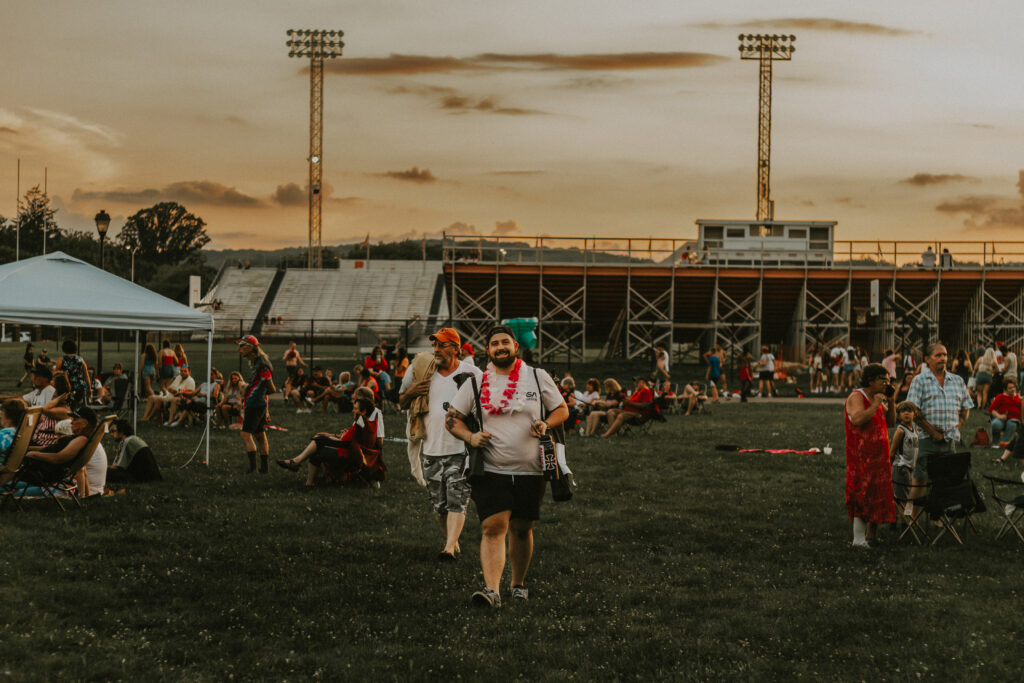
Seeing the Past Through a New Lens
These days, when I reflect on my childhood, I see it in a whole new light.
It wasn’t glamorous or particularly exciting, but it was mine. And now, instead of feeling loss, I feel gratitude.
I realize how blessed I am to have known that life. The simplicity. The slower pace. The innocence. It wasn’t perfect, but it was real—and now I look back with fondness, not regret.
Where I once feared being “stuck in the past,” I now embrace the pull of nostalgia. I’m finding myself more and more drawn to vintage things—objects, styles, feelings—that remind me of the world I knew growing up.
And I think it’s beginning to show in my work. I didn’t plan it that way, but it’s becoming clearer that my heart is guiding me back to basics.
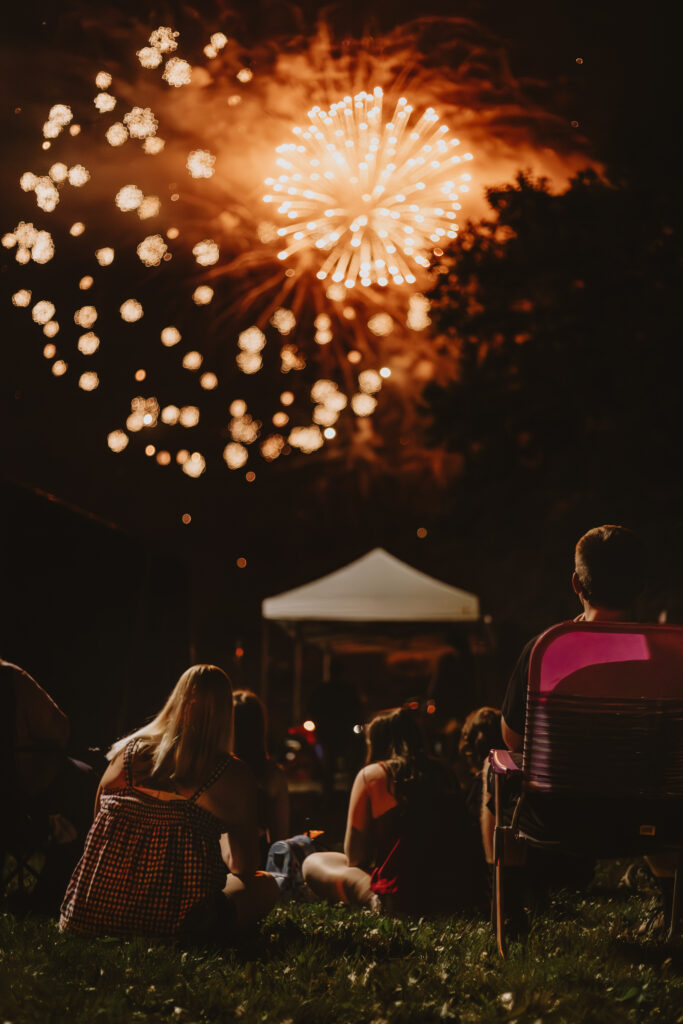
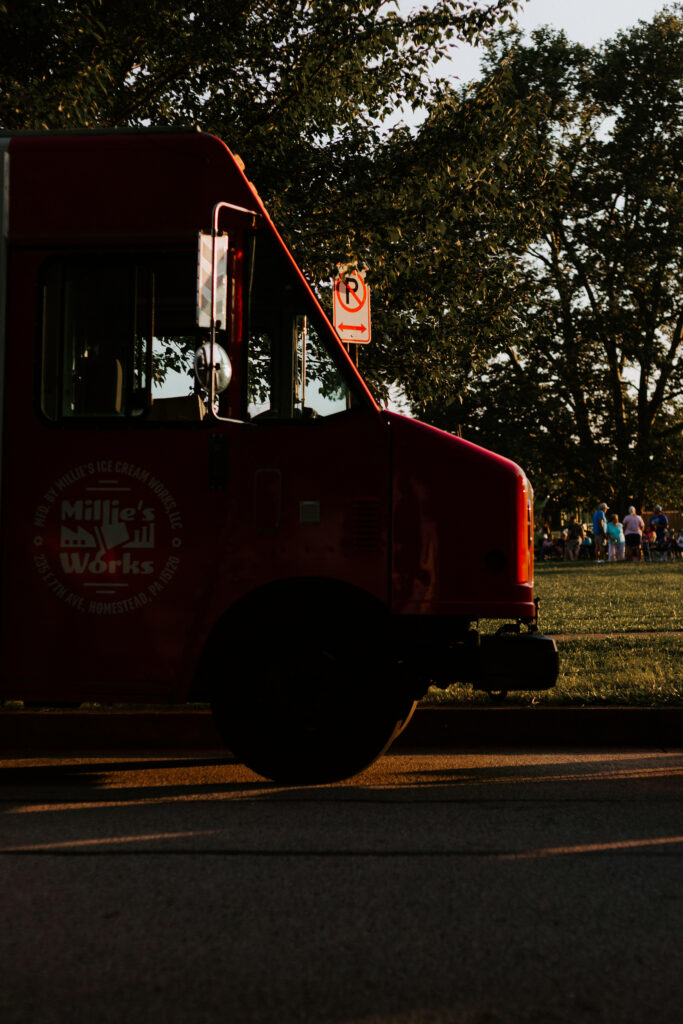

Resisting the Rush of AI and Returning to Meaning
As the world around me rushes forward – especially in art and photography where AI is changing everything – I find myself going in the opposite direction.
I don’t want to keep up. I want to slow down. I want my work to mean something, even if it only means something to me.
For a long time, I believed that being a successful photographer meant making a big splash – impressing people with technical skill and flawless edits. And while I was learning the craft, I was also learning to rely heavily on post-processing to erase every imperfection.
I lost sight of the beauty of what’s right in front of me. Of getting it right in-camera. Of simply moving three steps to the left to remove something from the frame instead of thinking, “I’ll just fix it in post.”
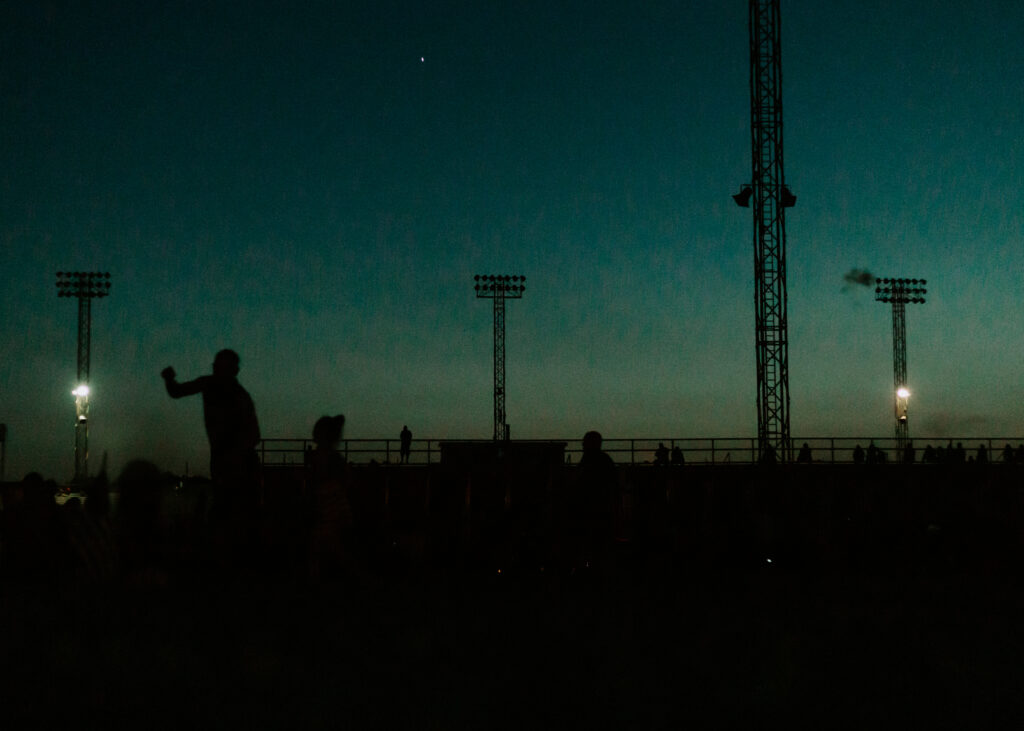
The Trap of Convenience
Don’t get me wrong—tools like Lightroom and Photoshop are amazing, and I couldn’t do my work without them.
But sadly, we’ve now crossed over into the world of AI, where you no longer need skill or even the slightest artistic vision to crank out flawless images.
Hell, you don’t even need to get the basics right anymore. Subject out of focus? No problem – just run it through AI. Want background blur but have no idea how to achieve it? ChatGPT will do it for you.
I’m not gonna lie, I got caught up in the convenience of enhancement tools too, especially when I was starting out. I didn’t know how to properly expose both my subject and the sky. And even when I did, sometimes the sky is just… boring.
Then came AI sky replacements. Hallelujah! So easy. But now these perfectly curated fantasy worlds have completely taken over social media.
So much so that one day when you step outside your door and there isn’t an epic, picture-perfect sky in front of you, it feels like a letdown. When did an ordinary sky stop being enough?
You stop appreciating what’s real.
And that’s not okay.
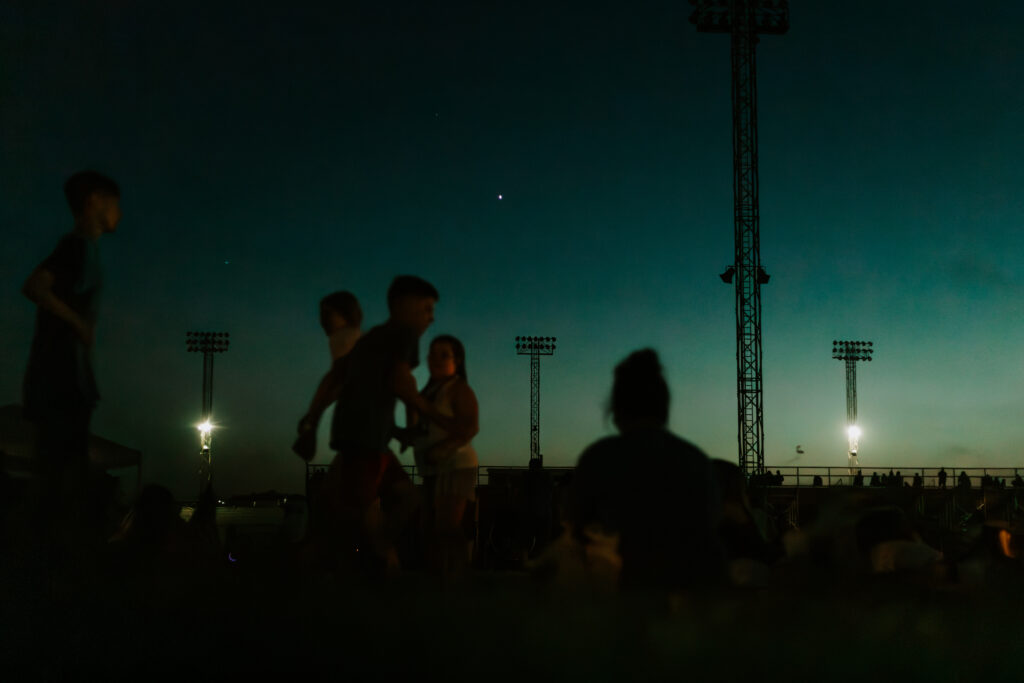
A Return to What Matters
Artistically, I’m stepping back.
I’m rediscovering the joy of personal work – work that exists simply because I want to create it, not because I need to prove something.
For years, I chased a version of success that lived in my head, driven by a need for validation.
But now, I’m learning that success isn’t about being the most admired. It’s about being the most at peace.
And for me, that peace is found in the art of photography. Not the polished, heavily edited kind, but the quiet, intentional kind that helps me slow down, be present, and appreciate the world around me for what it is.
So I’m scaling down. I’m simplifying. I’m going back to basics.
Not because I’m giving up, but because I’m coming home.
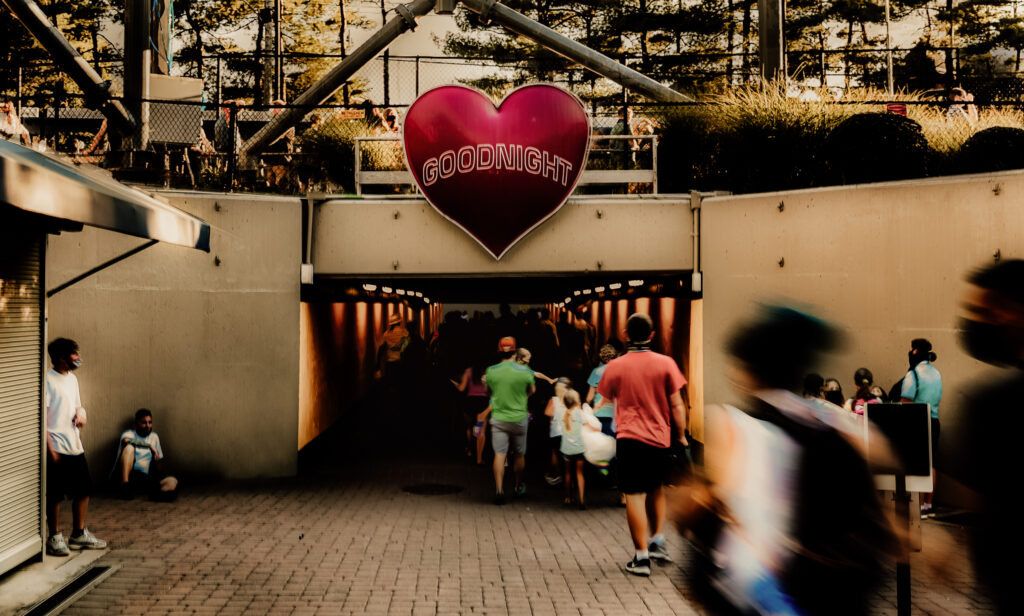
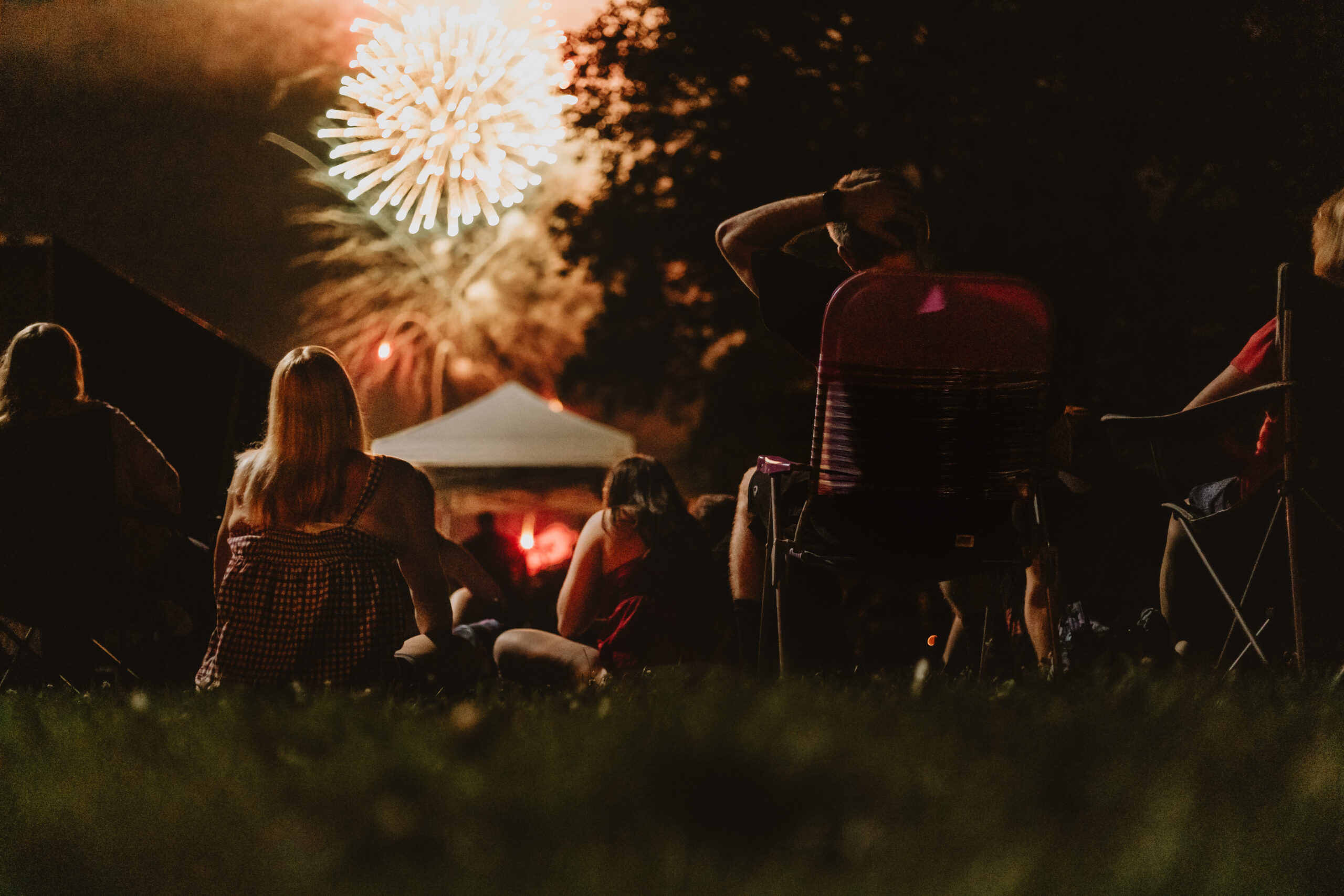
Leave a Reply